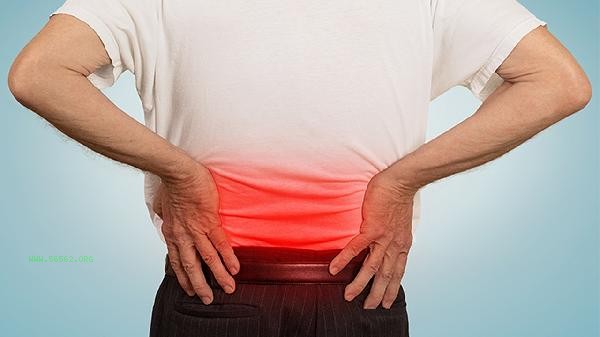Exercising the strength of the waist muscles and ligaments can be achieved through core stability training, resistance training, flexibility training, functional movement integration, and low impact aerobic exercise. The main methods include plank support, hard pulling, yoga, farmer walking, and swimming.

1. Core Stability Training
Plate support can activate deep core muscle groups such as the transverse abdominis and multifidus muscles. It is recommended to gradually extend the time from 30 seconds of static support. Side plank support can specifically strengthen the lumbar muscles, while bird dog style enhances dynamic stability by alternately stretching the limbs. Maintain a neutral position of the spine during training to avoid collapsing or arching the back.
2. Resistance Training
Traditional hard pull exercises use barbells or kettlebells to strengthen the erector spinae and gluteus maximus muscles, while Roman chair push ups focus on controlling lower back eccentricity. Using elastic bands for rotational resistance training can enhance the strength of the oblique muscle, and the initial load selection can achieve a weight of 12-15 times per group. All movements require tightening the core muscle group to protect the lumbar spine.
3. Flexibility Exercise
Cat cow style stretching improves thoracolumbar range of motion, while cobra style stretching enhances rectus abdominis muscle extensibility. Perform 10 minutes of dynamic stretching daily, paying special attention to relaxing the hip flexors and hamstring muscles. Improving muscle elasticity can reduce the risk of compensatory strain on ligaments.

4. Functional Action Integration
Farmer walking with heavy objects strengthens torso anti rotation ability, and medicinal ball throwing training improves explosive power transmission efficiency. Simulate the hip joint hinge mode when lifting heavy objects, establish correct muscle force memory, and avoid lumbar compensation during daily activities.
5. Low impact aerobic exercise
When swimming, breaststroke and backstroke have less pressure on the waist, and buoyancy in the water can reduce joint load. Oval machine training maintains heart rate while keeping the trunk stable. Aerobic exercise for 20-30 minutes three times a week can promote blood circulation in the waist and accelerate the clearance of metabolic waste.

It is recommended to perform 5-10 minutes of joint activation before training and spinal decompression suspension after training. Avoid excessive weight-bearing twisting movements in the early stages, and rest for 48 hours when muscles are sore. Combining sufficient intake of high-quality protein and vitamin D to promote soft tissue repair, adopting a lateral bending position during sleep to reduce lumbar pressure. If there is persistent pain, seek medical attention promptly to check for intervertebral disc or ligament injuries.








Comments (0)
Leave a Comment
No comments yet
Be the first to share your thoughts!